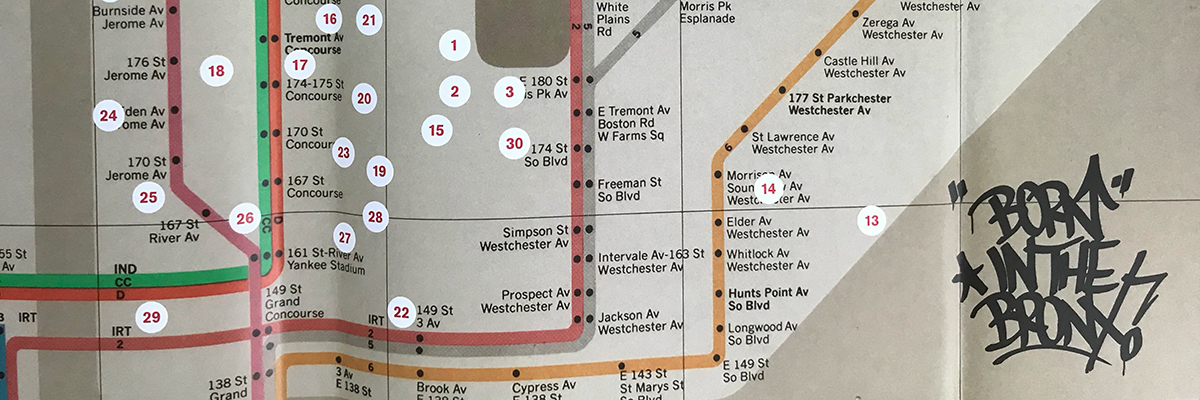Born in the Bronx: A Visual Record of the Early Days of Hip Hop
Yes, Yes, Y’all, it’s been a decade since this volume, “Born in the Bronx,” was released. The images here by photographer Joe Conzo seem even more deeply soaked in the amber light of early Hip Hop culture from the late 1970s and early 80s, now taking on a deepened sense of the historical.
As the city and the original players of this story have evolved through the decades that followed the nascent Hip Hop era, it’s clearer than ever that this was nothing less than a full-force eruption, a revelation that cracked and shook and rocket-fueled an entire culture. Thanks to Conzo it was captured and preserved, not likely to be repeated.
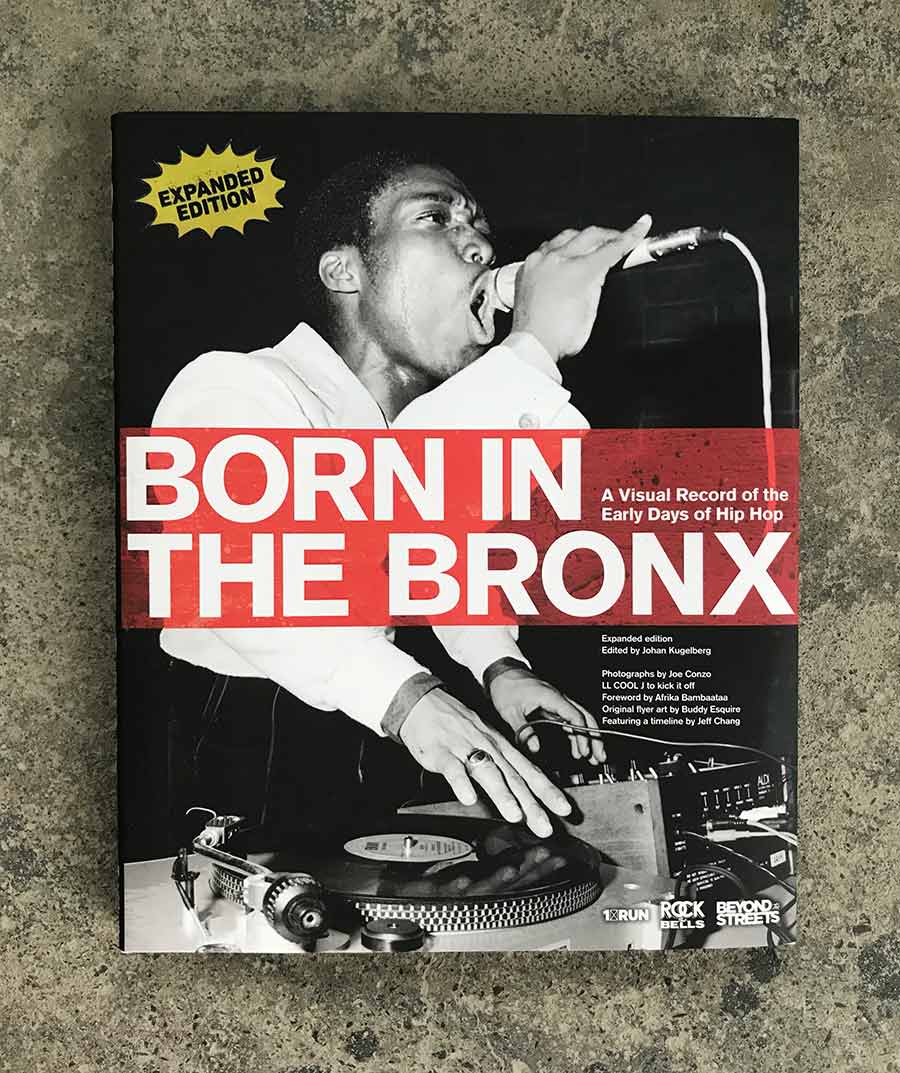
The book is masterfully edited by Johan Kugelberg, the true visionary of this project, who established and has overseen the growth of a collection of memorabilia and history for the Hip Hop History Archive at Cornell University – which now boasts a quarter million items. A modestly thick hardcover, it’s rich in its choices. Posters, handbills, album covers, original lyrics by performers, stunning portraits backstage, on stage, on the mike, and on the street; this is a world you can immerse yourself into quickly and without pretension.
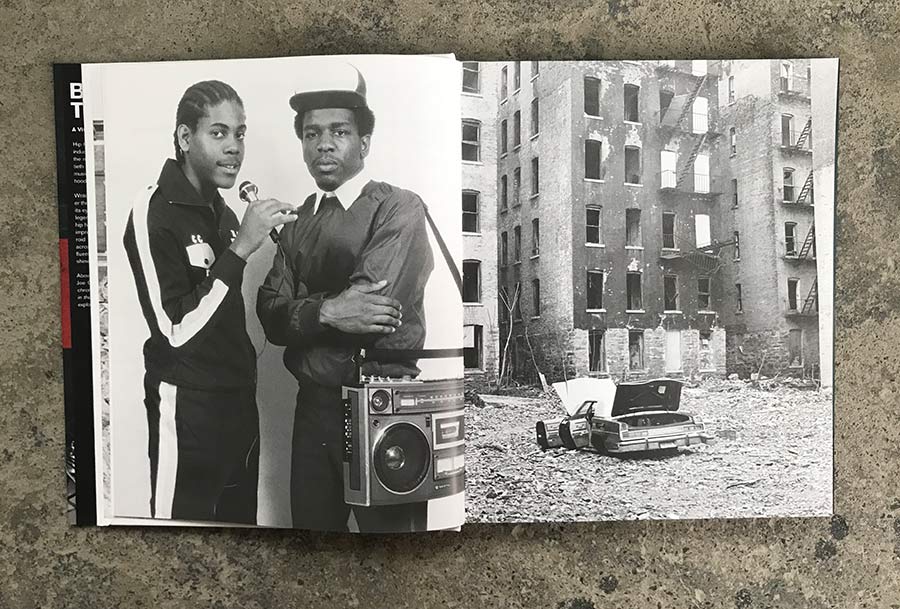
Born in the Bronx is full of gems, insider observations, interviews, and personal hand-drawn artworks. One critical cornerstone is a timeline from Jeff Chang that begins in 1963 as the boastful but failed Urban Planner Robert Moses constructed the Cross Bronx Expressway – painfully destroying and displacing people and families, severing culturally significant, vibrant areas of the borough and producing a dangerous malaise.
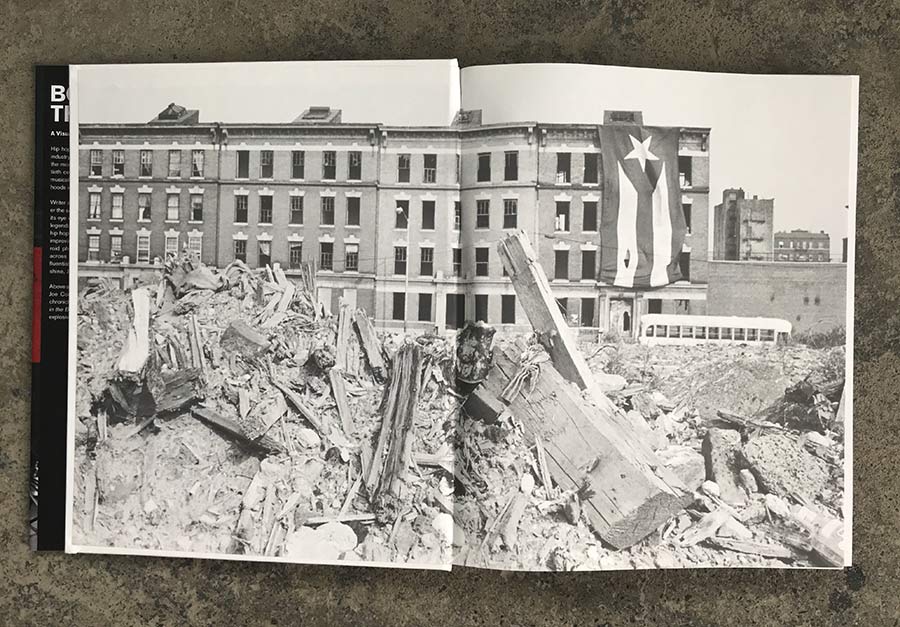
An ensuing blight only fueled the “white flight” from the city, leaving a growing number of dispossessed black and brown neighborhoods that suffered for decades afterward. His timeline ends in 1986 with Run DMC going platinum and a drug war ramping up to see a booming prison population. With these events as bookends, you know the music, art, dance, fashion, and performance culture that grew out of the Boogie Down was going to be commanding and resilient.
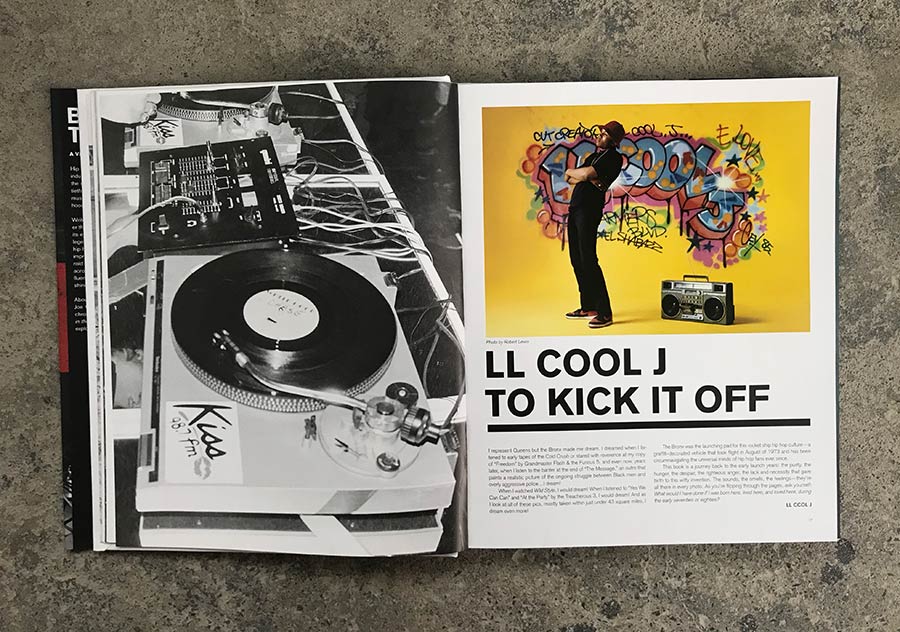
Afrika Baambatta recounts a foreword to Miss Rosen, LL Kool J does a brief “kick-off,” the Cold Crush Brothers hit the stage, and the packed crowd is enthralled. To get the full story about how to document the scene, check out Joe Conzo’s account told to Miss Rosen – the story of a shy chubby boy – the son and grandson of community activists who became his high school’s resident photographer and who parlayed subsequent connections into an exploration of music, performance, and the burgeoning Hip Hop scene at the moment it was happening.
For a richly rendered graffiti context, there is a fully realized recounting of the people and the scenes that informed it in an essay by Carlos MARE 139 Rodriguez called “What You Write?” With it, you get a true sense of a an exciting merging of music, aesthetics, society, street, creativity, and community.
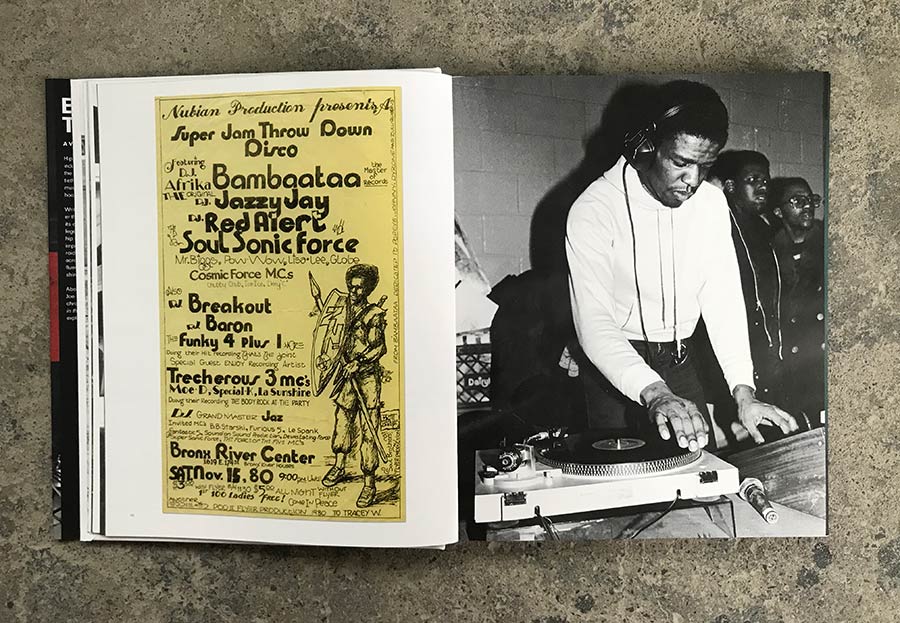
The book closes with a very personal but pertinent poem, it’s short verses ducking and spinning and swaggering with pride at what the Bronx gave birth to; a global culture that continues to resonate worldwide and rock the bells.
“No ends could be made
For the price we would pay
Economically strapped
No time for a nap
‘Cause this is about to go down
The boogie down was burning
And my people yearning
Just to get a piece of the pie
My mind’s eye
Was as big as the sky”
~Luis Cendeno AKA DJ Disco Wiz, from “The Land Before the Rhyme”
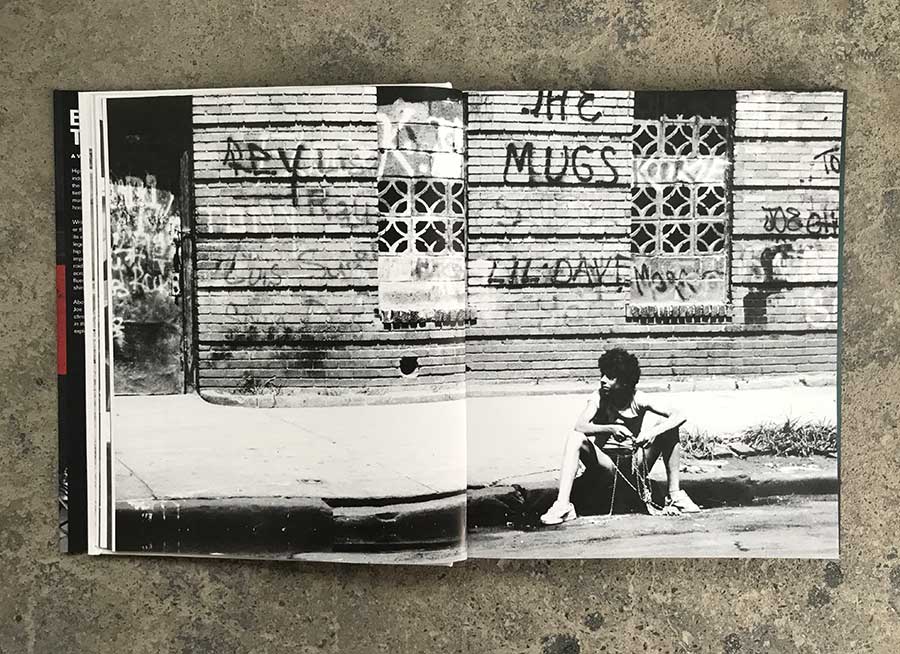
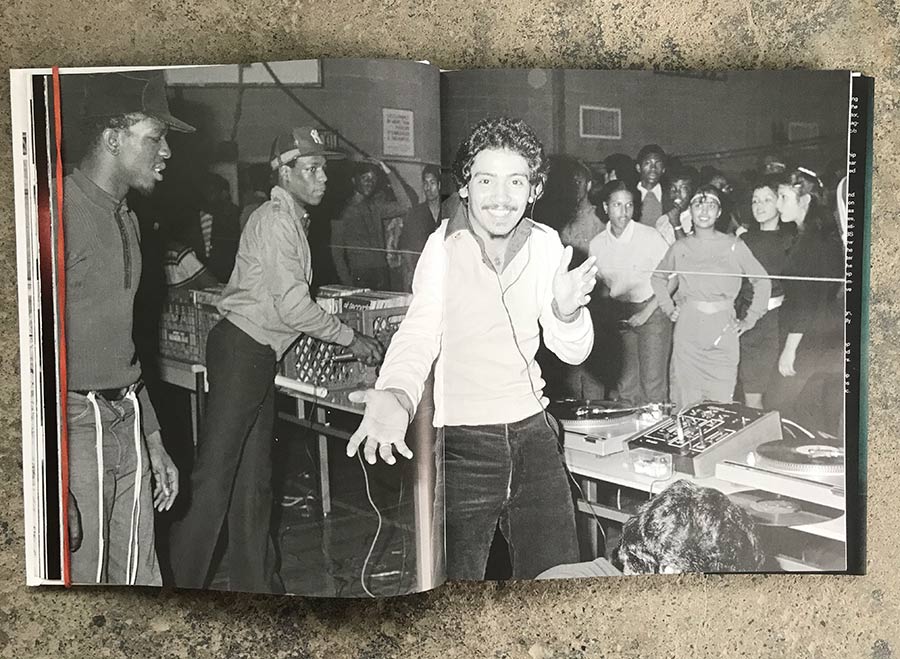
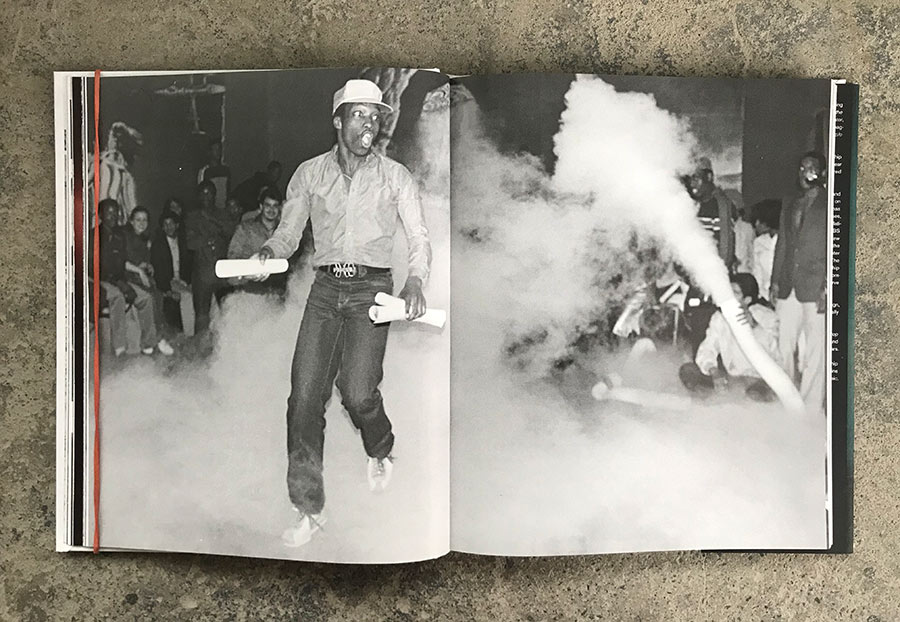
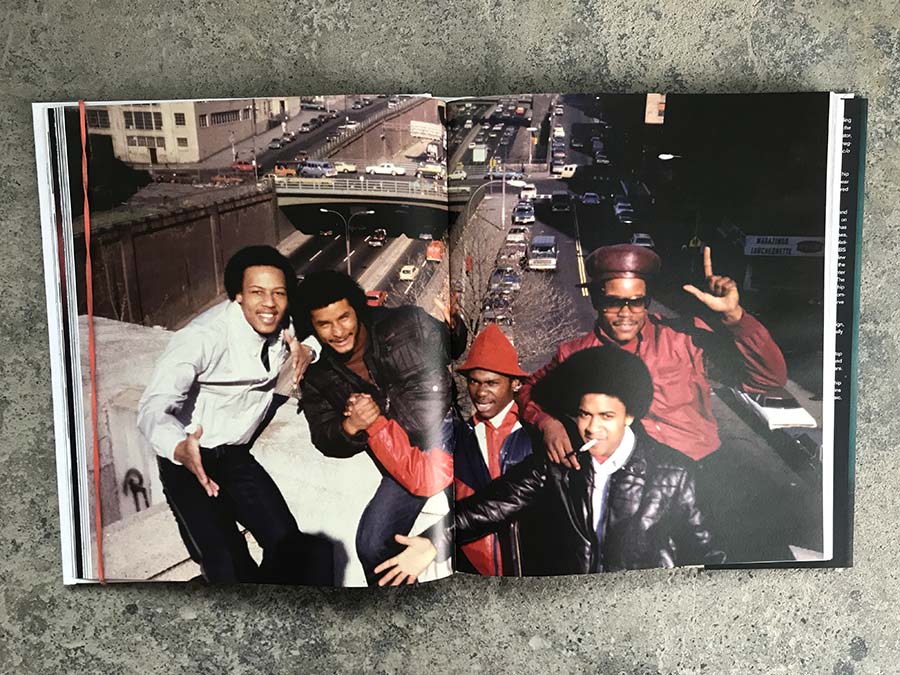
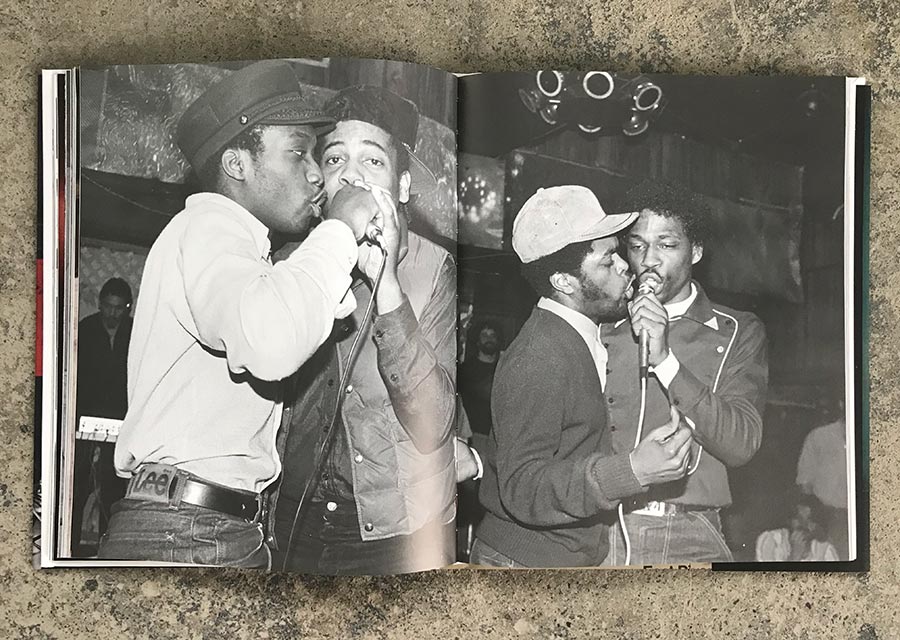
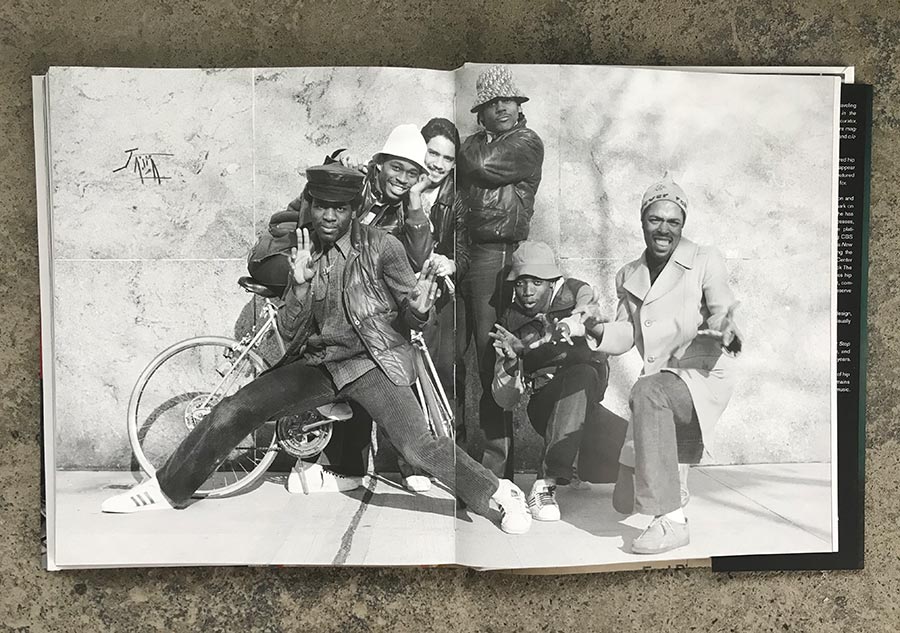
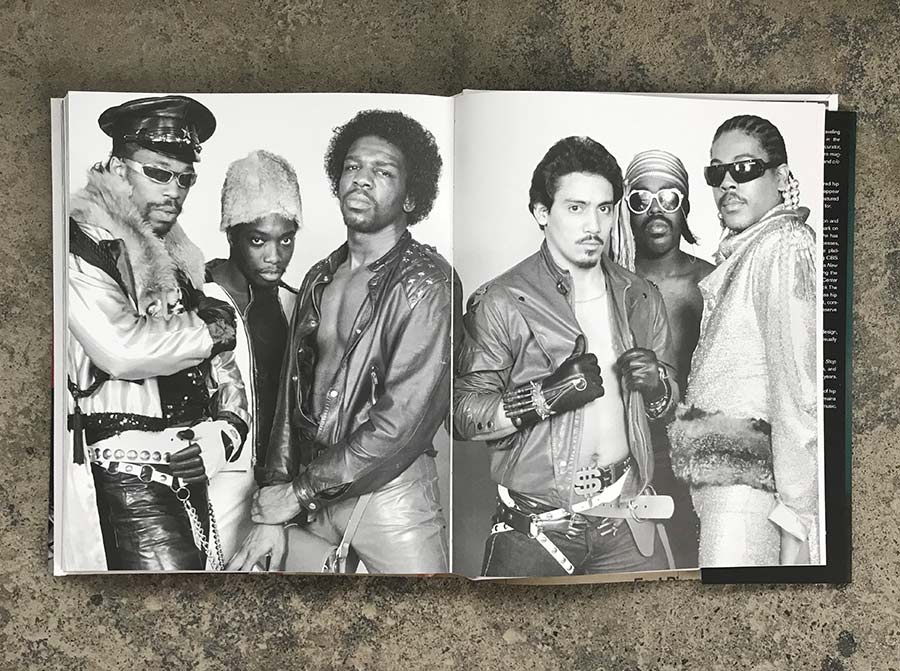
BORN IN THE BRONX: A Visual Record of the Early Days of Hip Hop. Expanded edition published in 2020 by 1xRUN with support from ROCK THE BELLS & BEYOND THE STREETS. Detroit, MI. 2020.
Other Articles You May Like from BSA:
You may still be wondering what Post-Graffiti is, since the term has appeared as early as the 1980s and yet, graffiti persevered decades afterward and is just as vital today as it ever has been. Perh...
Overstuffed yourself with crackers and holiday cheeseballs? Why not try making some of these to burn off those extra calories? 3 Kings Day is in the bag and Christmas is a fading memory and we still ...
f Our weekly focus on the moving image and art in the streets. And other oddities. Now screening : 1. Swoon: Cicada at Deitch2. Biancoshock: GRAFFITRICKS3. Bien Urbain Festival 2019 Re-Cap by ...
What is it about Brooklyn Street Art that is so appealing that one would curate the opening exhibition of a museum with it? Four pillars of the New York Street Art scene are welcoming the first guest...
Maybe it’s because we just saw Mark Mothersbaugh interviewed live onstage at NYU by Carlo McCormick, but when we saw this mechanically growing text it reminded us of DEVO and Kraftwerk and possibly Da...
 BROOKLYN STREET ART LOVES YOU MORE EVERY DAY
BROOKLYN STREET ART LOVES YOU MORE EVERY DAY